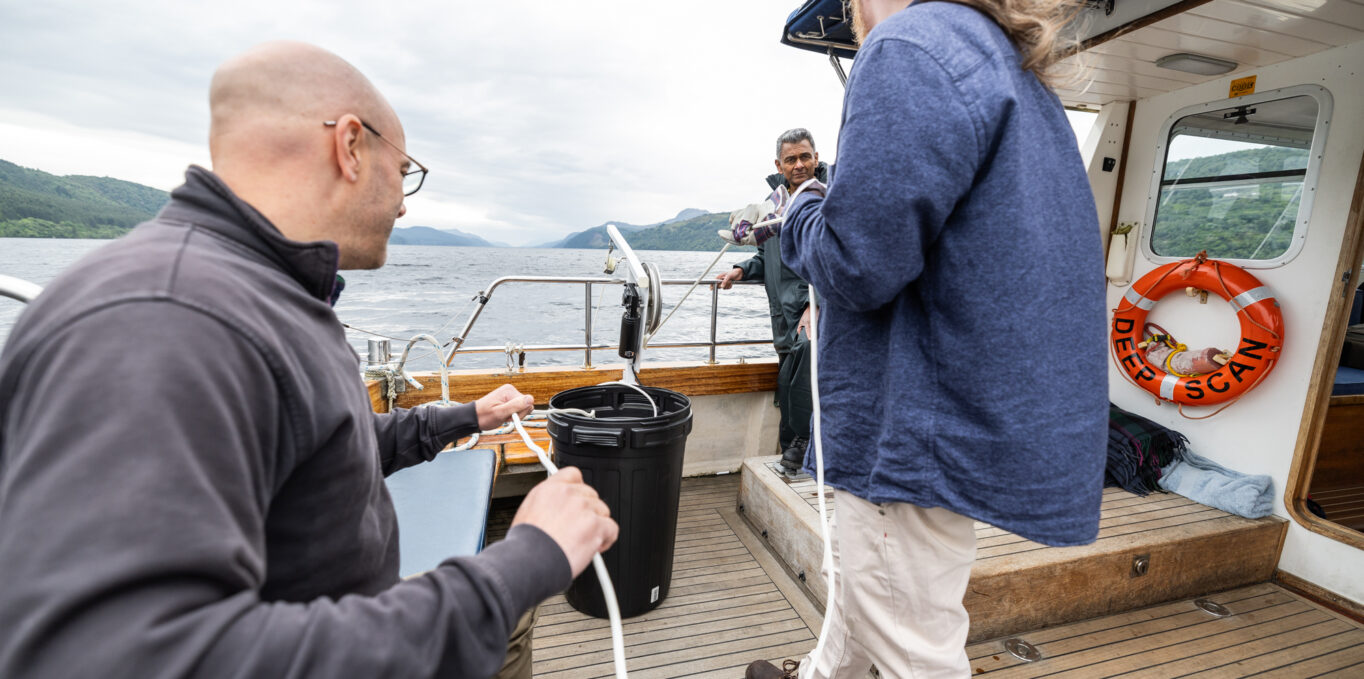
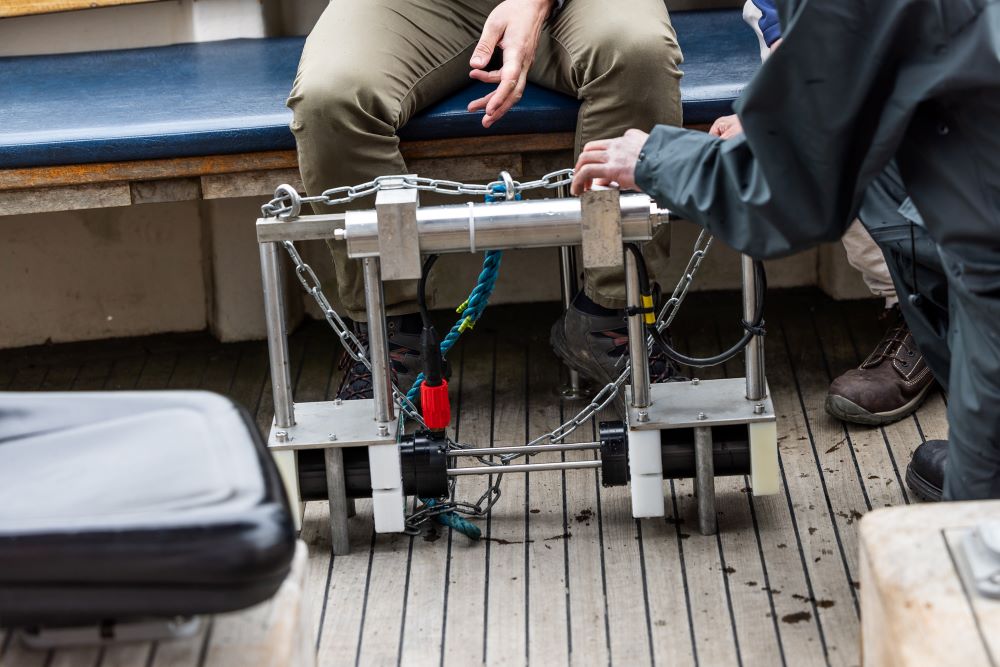
We teamed up with academics from the School of Engineering, University of Aberdeen, to use cutting-edge tools to advance our understanding of the Loch Ness ecosystem, representing a significant step forward in scientific exploration.
Taking to the water with Alistair Matheson the Skipper for The Loch Ness Project, to search the famous waters onboard Deepscan, the Aberdeen team deployed an advanced digital holographic camera to get a unique look at life below the surface.
Dubbed weeHoloCam, the technology is capable of producing several thousand digital holographic images of microscopic marine organisms in one dive, and uses the latest in artificial intelligence techniques to classify the images. weeHoloCam has never before been used on the freshwaters of Loch Ness, and after its initial dive captured incredible images of what look like “micro-monsters” but are in fact plankton particles.
Check out the behind-the-scenes footage from our weeHoloCam’s first deployment:
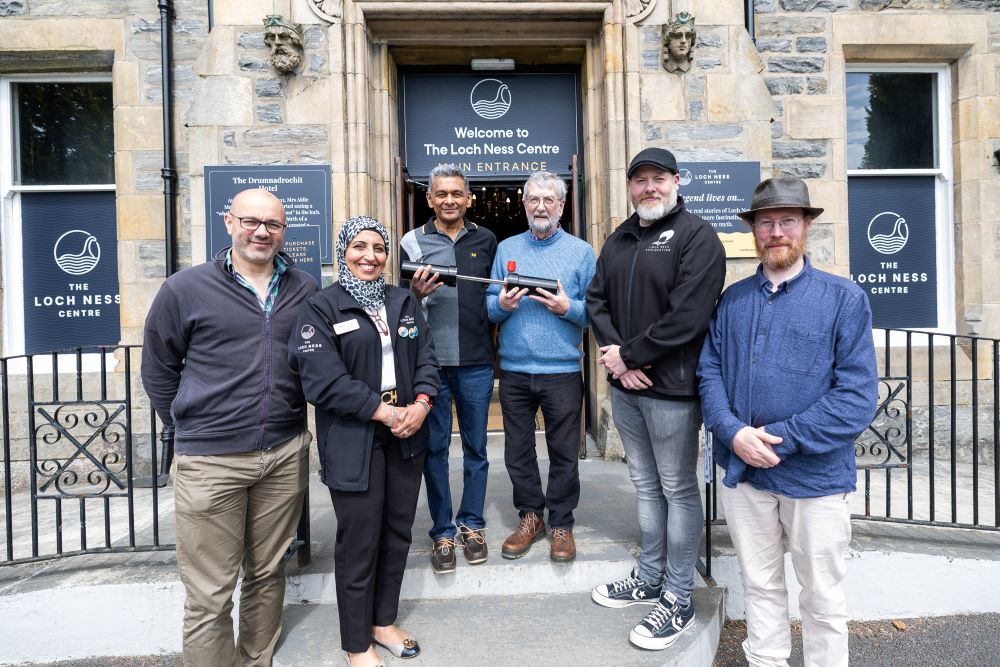
Dr Thangavel Thevar from the University of Aberdeen’s School of Engineering said:
“This was a unique opportunity for us to deploy the weeHoloCam into fresh water, as it has previously only been used in ocean salt water.
We were curious as to what the water quality would be like, especially at lower depths, as we know that too much peat could obstruct the recording path of the instrument. But we lowered the camera to around 200 metres and were able to see lots of interesting particles which, by working with biologists, should be able to give us more information about the biodiversity of Loch Ness.”
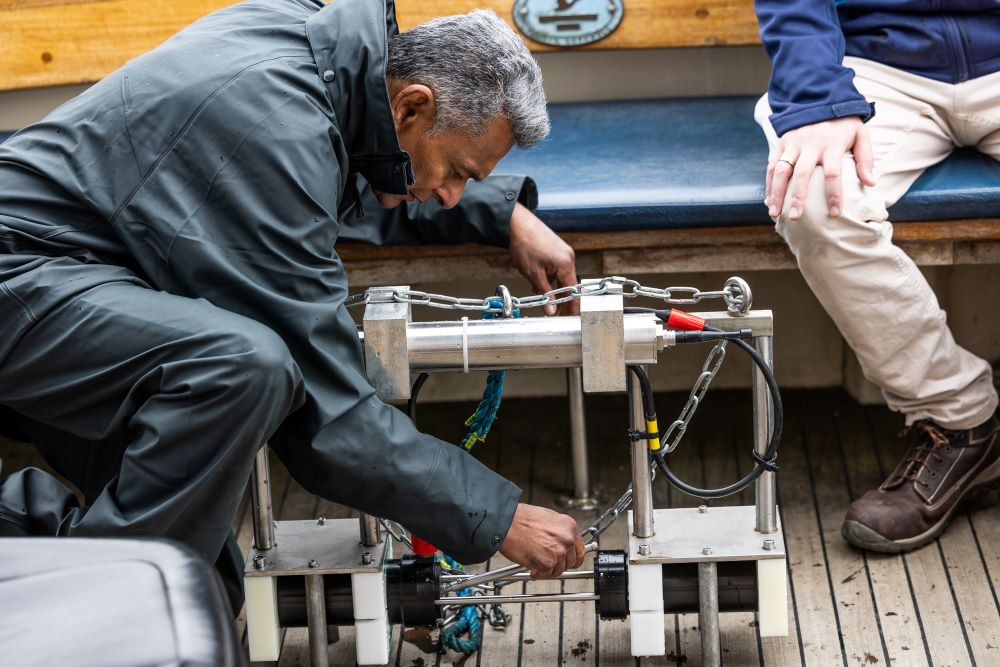
Nagina Ishaq, General Manager of The Loch Ness Centre, said:
“At the centre, we present the whole story about Loch Ness – the science and the myths and as part of that ongoing effort we want to encourage researchers to come here and to find out more about what is in the Loch, because there is so much we don’t know.
We reached out to Interface to put us in touch with academia. One of the applications was from the University of Aberdeen using the weeHoloCam and it really jumped out at us as something we wanted to pursue. It has been really exciting having the team here and we look forward to working with them further as they study Loch Ness on a microbial level to see what can be learned.”

This year marks ninety years since pioneering adventurer Sir Edward Mountain and his team of twenty became the first ‘Watchers of the Monster’. This latest discovery follows The Loch Ness Centre’s latest giant search of Loch Ness as it continues in its pursuit of uncovering the loch’s mysteries. As part of the recent search, a hydrophone was used to listen for mysterious sounds echoing from the depths of the loch. Alan McKenna from Loch Ness Exploration captured a unique noise using the hydrophone to be analysed, he said it was “a rhythmic pulsing sound that lasted about 10 seconds”.
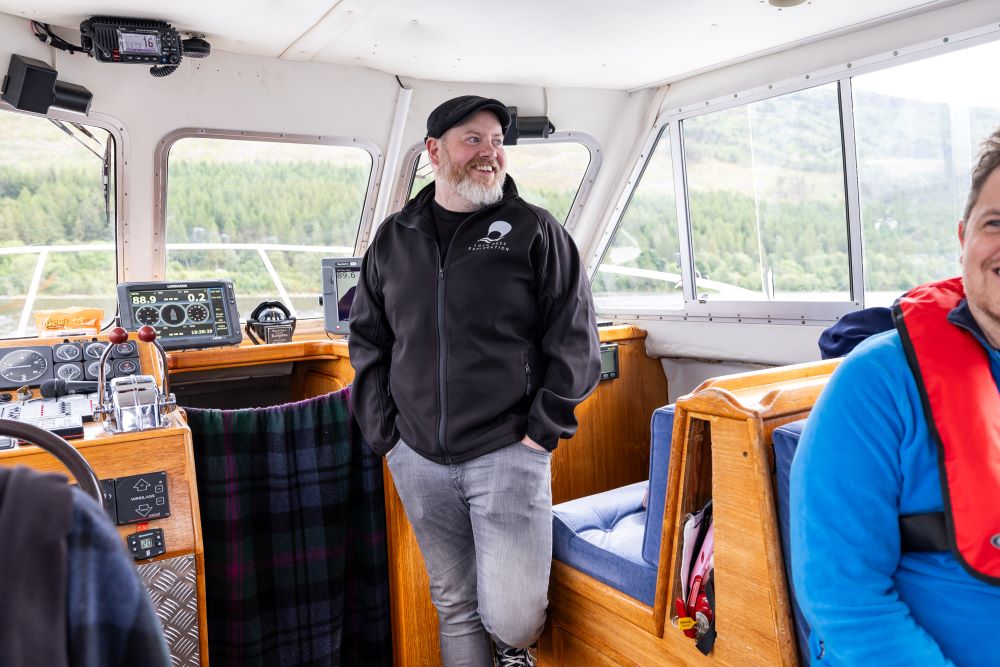
Here are some of the incredible images captured of what look like ‘micro-monsters’ but are in fact plankton particles:
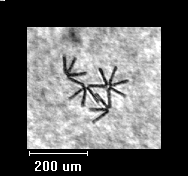
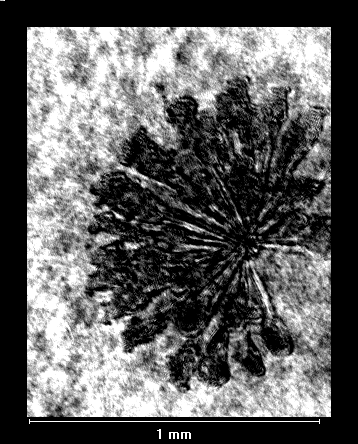

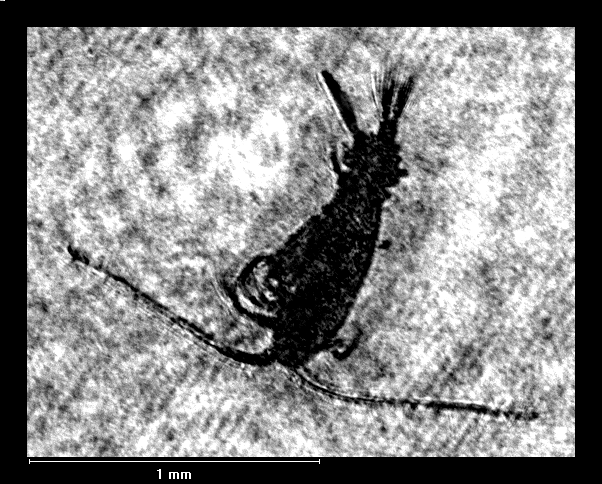
Stay tuned for more updates later this year #weeHoloCam and in the meantime check-out some of the footage from our first deployment